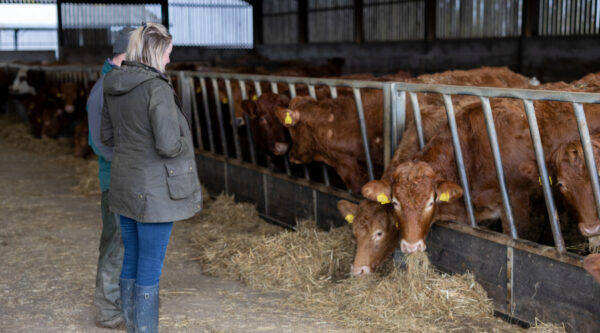

All purchases of second homes or buy-to-let properties from 31 October 2024 will attract an SDLT surcharge which has risen from 2% to 5%.
Those who will be affected are individuals who are purchasing additional residential property such as second homes or buy-to-let properties in England and Northern Ireland, companies and other non-natural persons purchasing residential property in England and Northern Ireland.
Where a corporate body acquires a residential property for more than £500,000 the higher rate of SDLT will apply of 17%.
The thought process behind the increases is to free up housing stock for main home and first time buyers.
Private Client
Capital Gains Tax (CGT) changes from 31 October 2024
- The basic rate has moved from 10% to 18%
- The higher rate has moved from 20% to 24%
- Both are now in line with the property rates for CGT.
Inheritance tax
- The Nil Rate Band and the Residence Nil Rate Bands have stayed the same as has the spouse exemption
- The gifting seven-year rule remains as does the surplus income exemption.
Pensions
- Undrawn pensions will be included in an estate from 6 April 2027
- Agricultural and Business Property Relief will be restricted from 6 April 2026. There will be a combined exemption of up to £1m following which the relief will be restricted to 50%
- AIM shares exemption will also be restricted, but will not be included within the £1m allowance above. The relief will be restricted to 50% again from 6 April 2026.
Non-domicile rules changes from 6th April 2025
- There will be a new residency-based regime rather than domicile status
- Transitional arrangements in place for those who have been a UK tax resident for less than four years pre-April 2025
- Non-UK assets are considered within the scope of IHT on death if the person has lived in the UK for 10 years out of the last 20 tax years for tax purposes
- Once moving away, the non-UK assets will be taxable based on the calculation of the number of years as resident – up to a maximum of ten years after exit.










